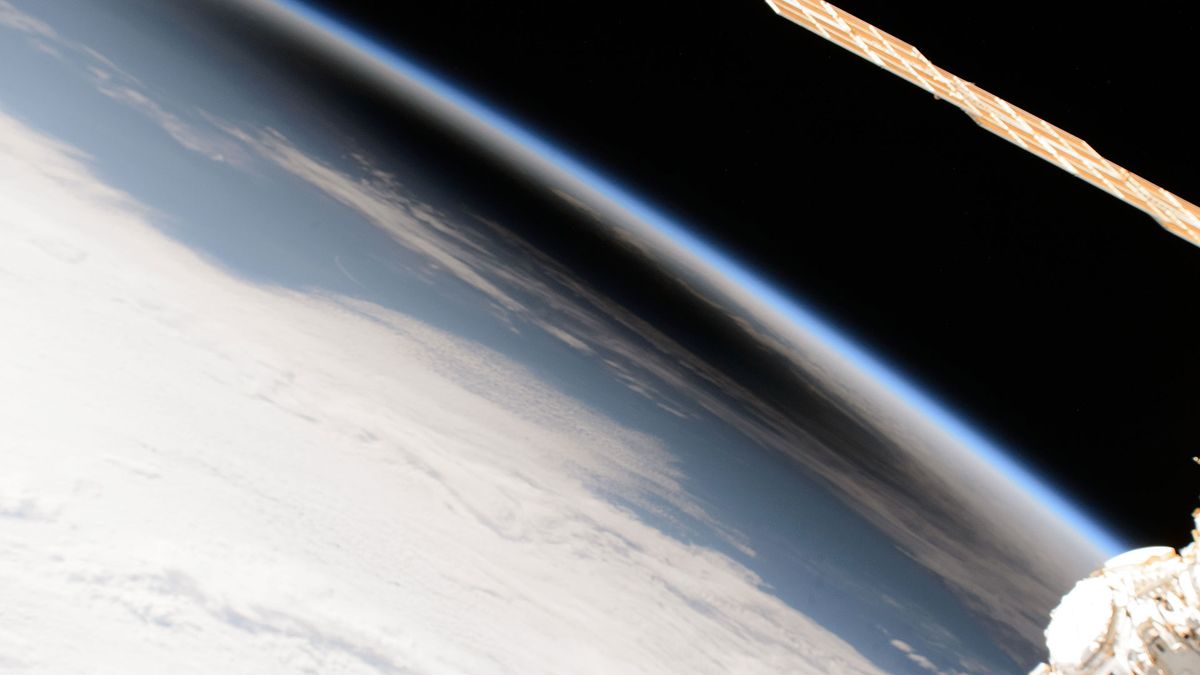Groundbreaking Solar Power Transmission Technology Testing by Space Solar
A recent lab demonstration conducted by Space Solar, a pioneering U.K.-based startup, showcased a revolutionary advancement in the realm of solar power transmission from space. This demonstration unveiled a cutting-edge beaming device engineered to wirelessly transmit power in a full 360-degree spectrum. Crucially, this innovation proves instrumental for the potential realization of a space-based power station, which must adjust its alignment relative to the sun and Earth due to the Earth’s rotation throughout the day.
The CASSIOPeiA Concept
This remarkable advancement is a pivotal segment of the CASSIOPeiA space-based solar power plant concept currently under development by Space Solar. This ambitious project envisions CASSIOPeiA being deployed in space within the next decade, poised to deliver gigawatts of clean energy with unprecedented efficiency compared to conventional terrestrial solar plants on Earth.
Space Solar’s co-CEO, Martin Soltau, heralded this milestone as a significant leap forward in technology development, emphasizing the transformative potential of space-based solar power. The successful validation of the 360-degree power-beaming technology represents a watershed moment in Space Solar’s mission to redefine the landscape of space-based solar power generation.
Geostationary Orbit Deployment
Planned for installation in geostationary orbit approximately 22,000 miles above Earth, the CASSIOPeiA structure capitalizes on the unique orbital dynamics at this altitude. Here, the rotational speed of a satellite mirrors that of Earth, enabling a spacecraft to remain fixed above a specific location on our planet.
While the lab-based demonstrator utilized in this experiment was a mere 1.5 feet wide, the envisioned CASSIOPeiA structure will span an imposing 1.1 miles in diameter when fully realized. This expansive modular framework, featuring expansive solar panels and sunlight-collecting mirrors, will be meticulously assembled in orbit by robotic systems. Transporting all components to space will necessitate a series of 68 launches utilizing SpaceX’s state-of-the-art Starship megarocket.
Advantages Over Traditional Solar Power
CASSIOPeiA aims to address the intermittent nature of conventional solar power generation by ensuring continuous energy provision. Unlike Earth-bound solar plants limited to daylight hours and vulnerable to inclement weather, CASSIOPeiA’s revolutionary design harnesses continual energy from both Earth and the sun. This unfaltering energy supply eliminates the need for backup power sources reliant on nuclear, gas, or coal technologies, each plagued with their own environmental and safety concerns.
The proposed transmission mechanism converts generated electrical power into high-frequency radio waves for beaming down to Earth. This precise delivery system safeguards against human safety risks, ensuring efficient power conversion upon reaching Earth-based receiving stations.
Estimates suggest that a singular CASSIOPeiA plant has the capacity to power over a million households. The unparalleled efficiency of space-based solar power generation, unimpeded by atmospheric conditions, promises energy production that surpasses terrestrial counterparts by a staggering factor of 13.
Image/Photo credit: source url





